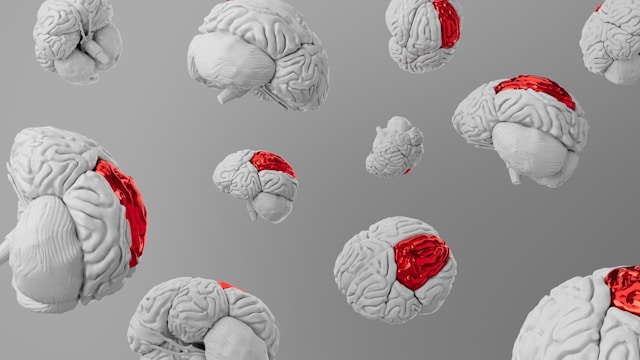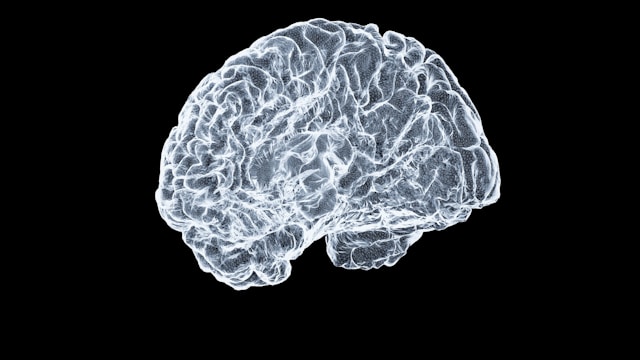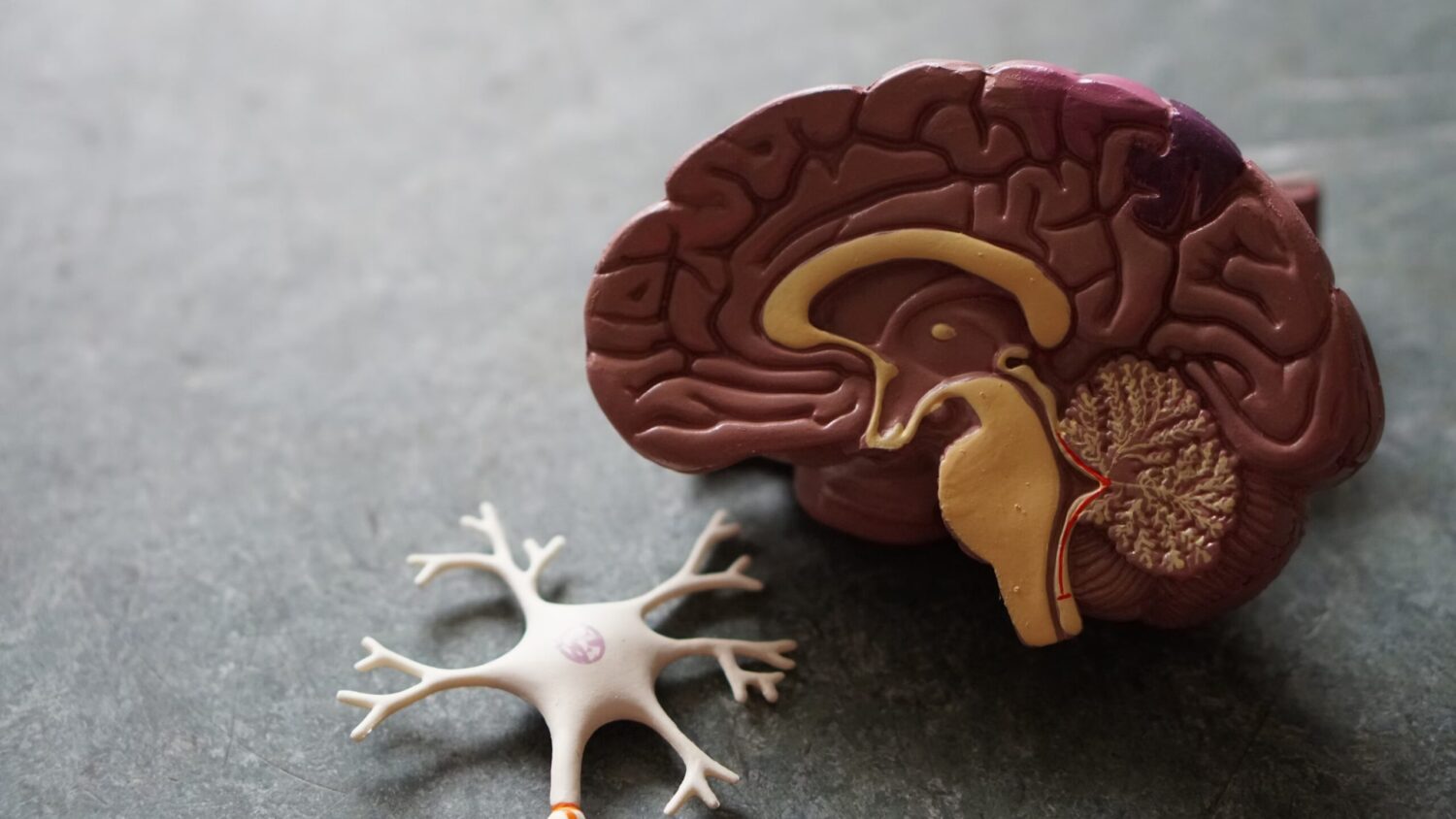Registered on ClinicalTrials
A.I. Fedin 1 , V.V. Zakharov 2 , M.M. Tanashian 3 , E.I. Chukanova 1 , E.N. Majidova 4 , L.A. Shchepankevich 5.6 , O.D. Ostroumova 7
1 FGAOU in Russian National Research Medical University named after N.I. Pirogov »Ministry of Health of Russia, Moscow, Russia;
2 FGAOU VO "First Moscow Medical University named after THEM. Sechenov »Ministry of Health of Russia (Sechenov University), Moscow, Russia;
3 FGBNU "Scientific Center for Neurology", Moscow, Russia;
4 Tashkent Pediatric Medical Institute of the Ministry of Health of the Republic of Uzbekistan, Tashkent, the Republic of Uzbekistan;
5 FSBEI in Novosibirsk State Medical University of the Ministry of Health of Russia, Novosibirsk, Russia;
6 FGBNU "Federal Research Center for Fundamental and Transalized Medicine", Novosibirsk, Russia;
7 FSBEA DPO “Russian Medical Academy of Continuing Professional Education” of the Ministry of Health of Russia, Moscow, Russia
Place of publication:
a journal of neurology and psychiatry named after S.S. Korsakova, 2021, T.121, No. 11
Summary:
Purpose of the study. To evaluate the effectiveness and safety of consistent therapy with the drug Mexidol intravenously and Mexidol Forte 250 orally in patients with chronic brain ischemia.
Material and methods. In the international multicenteric randomized double-blind-controlled study, 318 patients with a chemical place from 40 to 90 years are included in 15 clinical centers, located in the territory of the Russian Federation and the Republic of Uzbekistan. Patients were randomized in 2 groups, patients of the 1st group received Mexidol intravenously 500 mg once a day for 14 days, then Mexidol Forte 250 was prescribed orally 250 mg 3 times a day for the next 60 days; Patients of the 2nd group received placebo in a similar mode. As the primary criterion for effectiveness, the average value of the change in the point on the MOCA scale was chosen at the stage of completion of the study by the patient compared to the initial level.
Results. Upon completion of the study between the 1st and 2nd groups, reliable differences were identified by the result of the MOCA scale (p <0.000001). The lower boundary of 95% of the trust interval for the difference in the average indicators of the main criterion for the effectiveness between the 1st and 2nd groups was 1.51, which allows the higher efficiency of the use of Mexidol. According to the secondary endpoints, a statistically significant advantage over the placebo at the final visit was achieved by the following parameters: a test of digital symbol replacements, an asthenia assessment scale, a Bek anxiety scale, a tineta questionnaire, a Tinetti scale, a SF-36 questionnaire (psychological component of health), and a psychological component of health). CGI scale (a general clinical impression scale). The comparable nature of the safety profile of Mexidol and placebo is established.
Conclusion. The validity and expediency of the consistent use of Mexidol and Mexidol Forte 250 in the treatment of patients with chemicals are demonstrated.
Keywords: chronic brain ischemia, cognitive disorders, neuropsychological testing, ethylmethylhydroxypyrididine succinate, Mexidol, Mexidol Forte 250, treatment of chemicals, examination of memes.
Link to the study here








